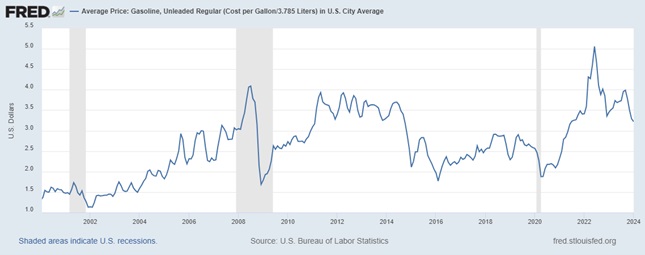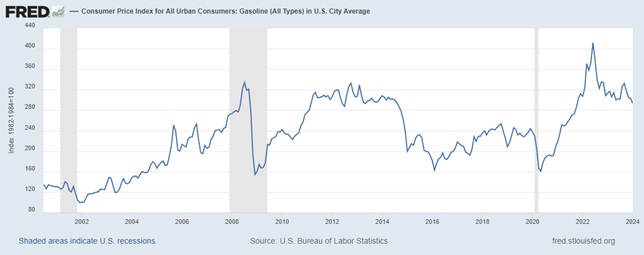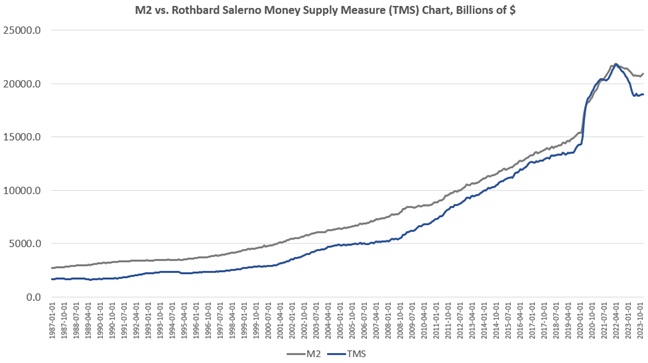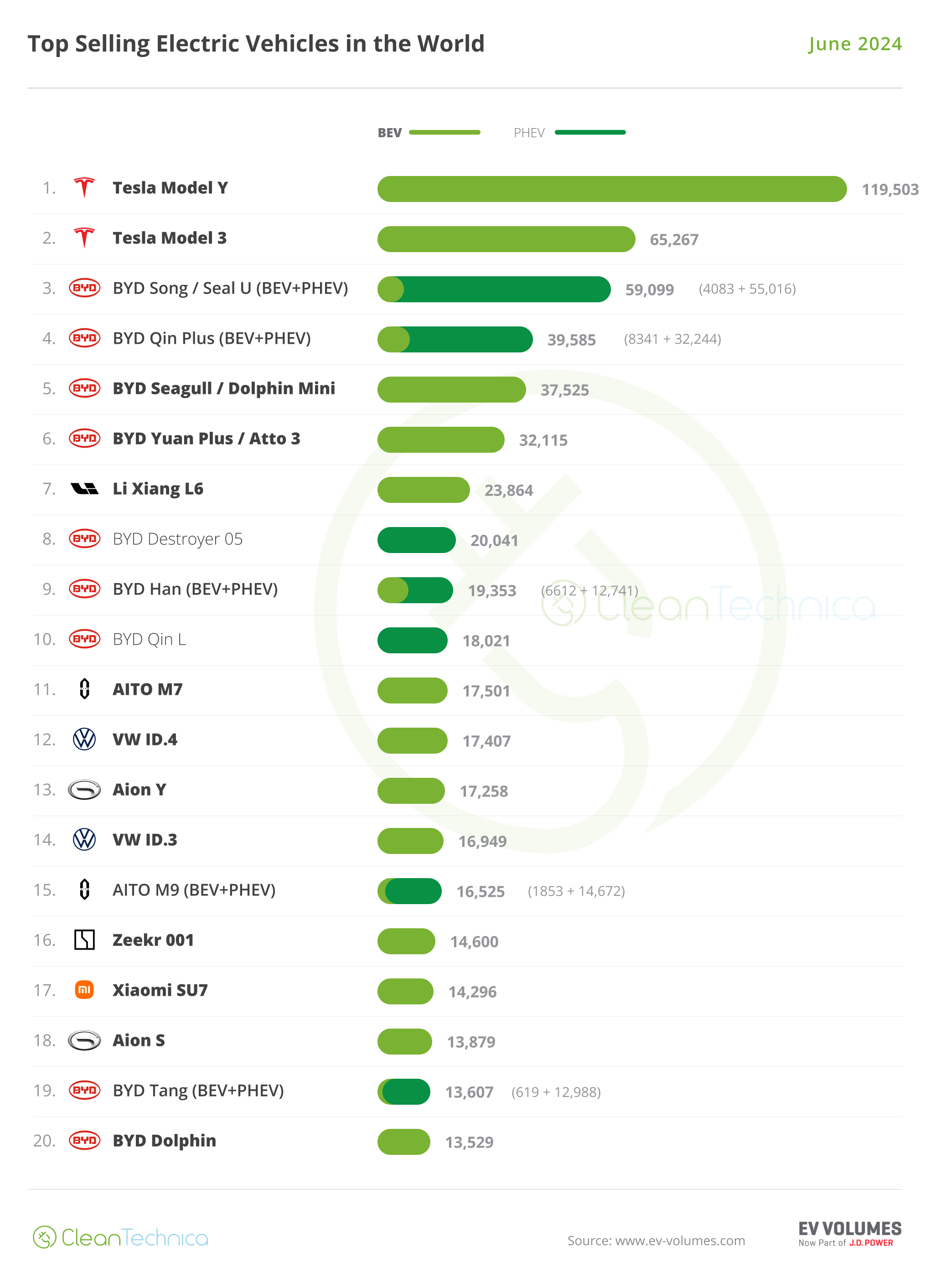The Consumer Price Index numbers have recently come in with a slight decline to 3.1 percent YOY in January 2023. This is down from a peak in June 2022 of 9.06 percent inflation. Federal Reserve officials laude this as a victory. “Inflation has been conquered! Long live rate cuts!” they cry. The possibility of rate cuts has been touted after the fastest rate hikes in 40 years. Consumers, however, are not buying this rhetoric. The University of Michigan’s Consumer Sentiment Index saw an uptick, but nowhere close to its pre-COVID levels. Prices haven’t gone down for the average consumer even as inflation numbers “get better.” Why?
Source: Barron’s
It is important in any discussion of inflation measures to distinguish between the Core CPI measure that the Federal Reserve uses as a measure, and the “Headline” CPI. Both are an index measuring the general price level of a basket of goods. If one was to check the Consumer Price Index proper, they would find the index level at 309.685. That number may not mean much to the average consumer who glances at the data, but it becomes more readable when one calculates the YOY (year over year) percentage change.
Core CPI is different from Headline CPI in that the former removes so-called volatile goods like energy and food. The logic behind this exclusion is that energy and food prices are volatile. Their prices can change rapidly often as a response to political actions, disasters, and other supply shocks that will eventually be dealt with. These might not contribute to the overall increase in the price level in the long term, as the prices very well might lower or rise if they rapidly sink, so they are removed.
Core CPI is currently higher at 3.875 percent, meaning that when you include the volatile factors their prices have decreased. Looking to the Consumer Price Index’s Gasoline Index, you can find a decline from its peak in June 2022 (at 411.984) to today (at 293.287). Average gasoline prices have declined from a peak also in June 2022 at $5.05 on average to $3.21.
Source: St. Louis FED
Food similarly has declined in terms of percentage change, but its price level continues to rise overall, even if it has slowed down. It appears that a decline in energy costs has pushed headline CPI down.
That aside, the CPI and Core CPI are down since 2022. Yet, consumer sentiment hasn’t recovered. Getting nearer to the coveted 2 percent inflation range hasn’t made things easier for most consumers. The inflation rate has continued to decline, but prices haven’t gone down overall, exempting energy prices. To properly understand this, one must understand how CPI and inflation rates work.
The Consumer Price Index is a measure of the general price level of a basket of goods over time. That basket changes as spending habits change over time. A base level for the index is at 100, and the standard inflation rate reported is a report of the percentage change over a year. The 3.1 percent inflation for January 2024 tells us that between January 2023 and January 2024 there was an increase in the index of 3.1 percent. A positive inflation rate means that the Consumer Price Index is still growing. As it becomes lower, that simply means it grows slower than previously.
The CPI continues to grow, meaning that the general price level has continued to grow. The inflation rate falling doesn’t necessarily mean that prices will return to their pre-COVID levels. Prices haven’t come down precisely because the price level continues to grow. To properly see a proper decline in the general price level, there must be deflation. Deflation would be reflected in negative inflation rate measures, as the CPI declines. To see a return to the pre-COVID price level there would need to be deflation enough for a decrease of 50 points on the index.
Austrians have long pointed to the connection between inflation and the growth of the money supply. The principle is simple enough when one understands marginalism. As the supply of goods increases, the value of an individual unit of those goods declines. To see a proper decline in prices to pre-COVID levels there is a need to see a decline in the money supply, all else held equal. Ryan McMaken has tracked the growing decline in the money supply as the Federal Reserve has raised rates, but the decline is not enough.
Source: Ryan McMaken at Mises.
The Federal Reserve may have slowed the growth of the general price level, but it has not done enough. There is a need for serious deflation if consumers wish to see prices return to where they once were. The price level is still growing, and it is easy enough to see if you understand what the inflation rate actually means.
Courtesy of Mises.org
**********









